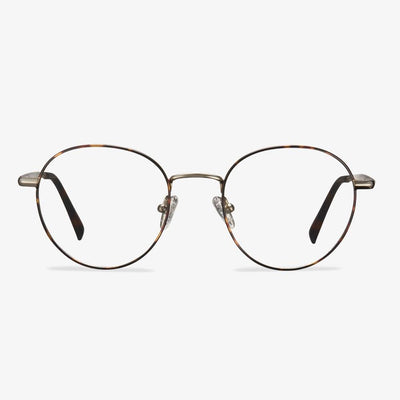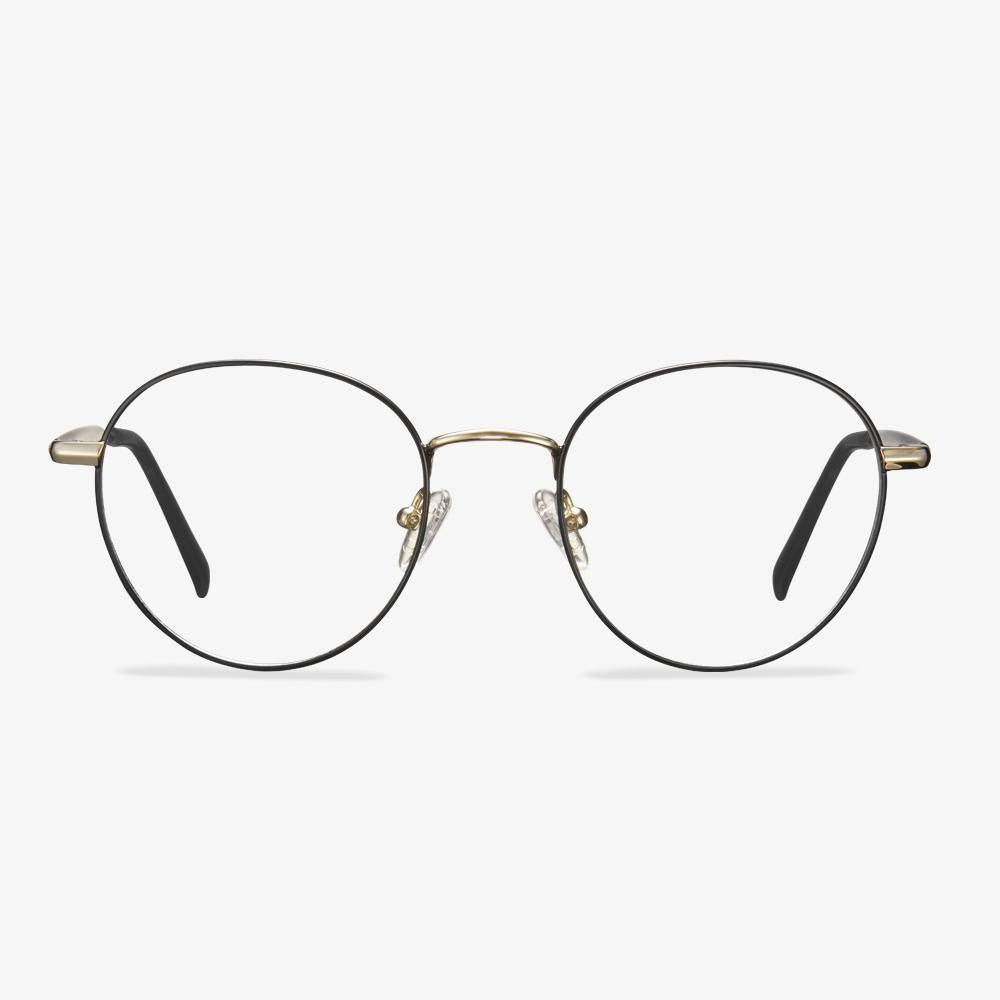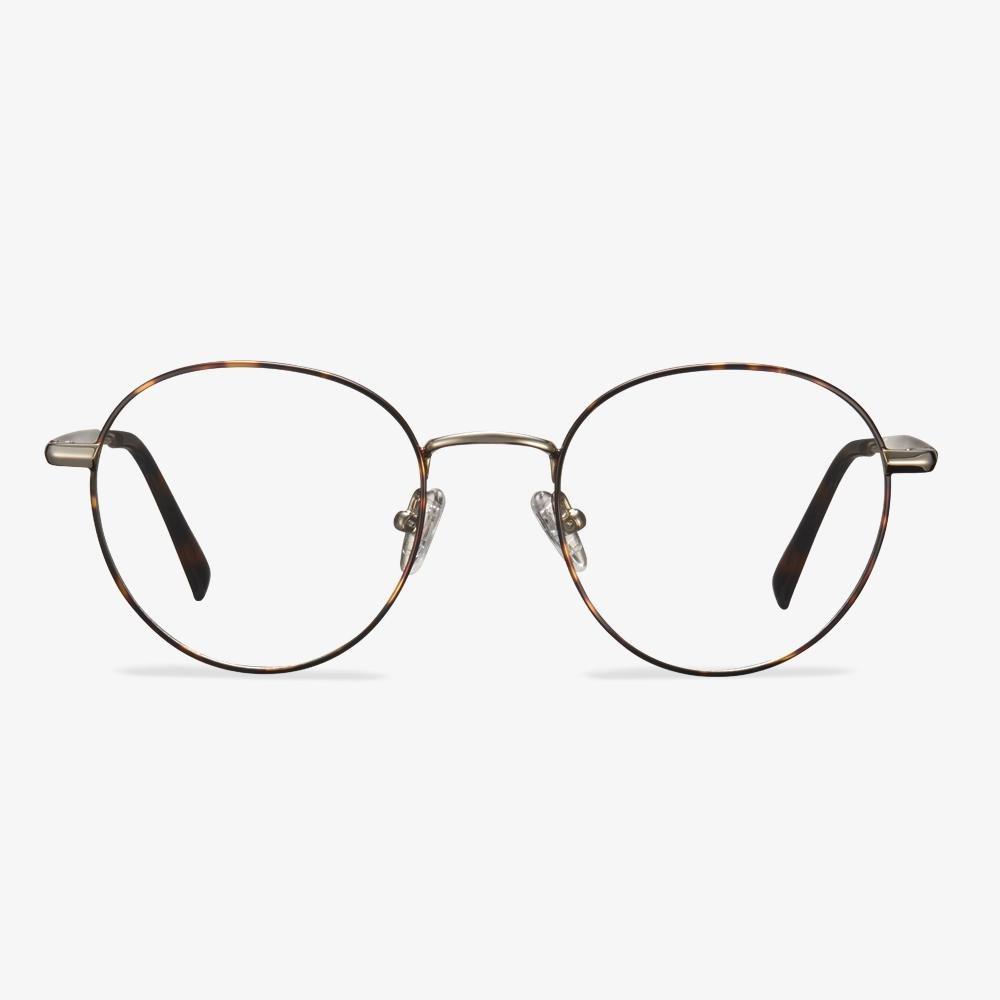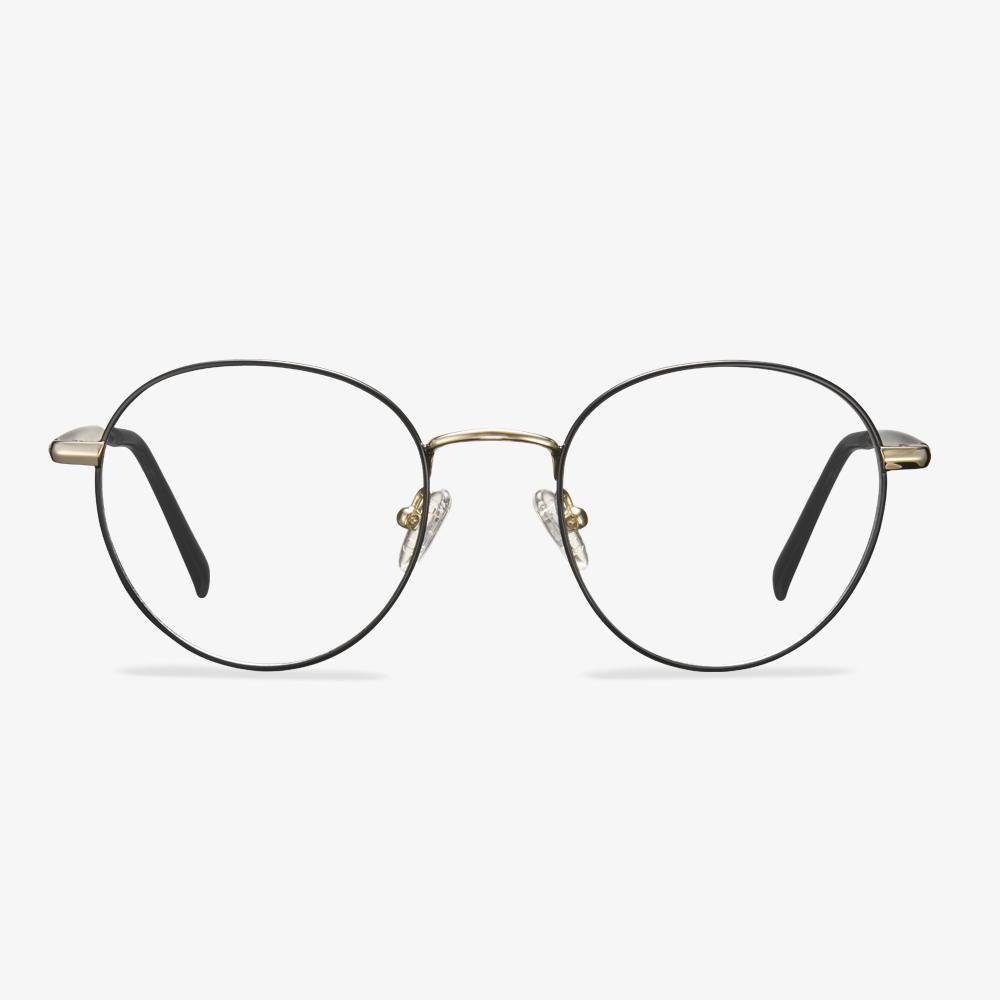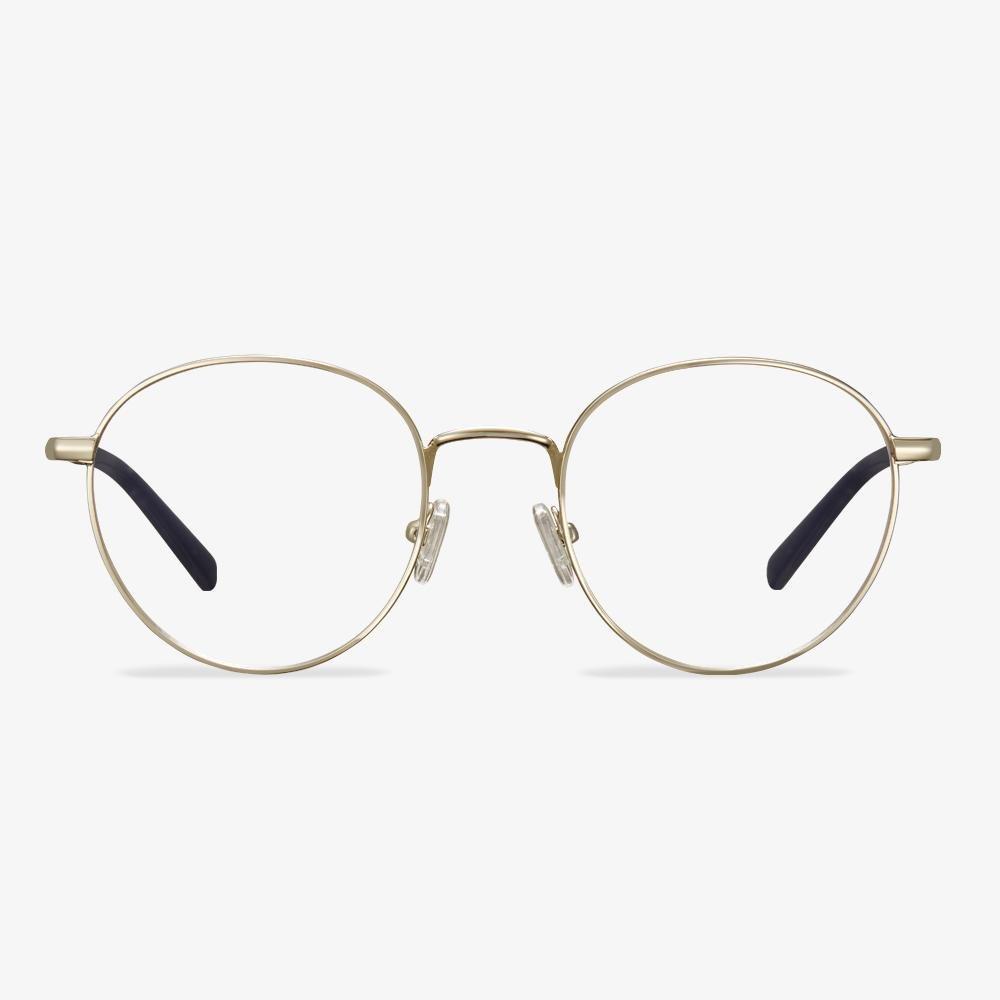Progressive Lens
Standard progressive lenses are multifocal lenses with three observation areas, farsightedness, intermediate vision, and nearsightedness. Unlike bifocals, there are no visible lines between each viewing area. They have a seamless, invisible design, where the optical power changes 'gradually' throughout the lens. Many people confuse 'bifocal' or 'trifocal' with 'progressive' but remember that bifocals and trifocals have visible lines in the lens, while progressive lenses do not. Because progressive lenses have no lines in the lens, they are more popular multifocal lenses than bifocal lenses.
The main observation area of the progressive lens is a far distance, the smaller area at the bottom of the lens is used for myopia, and the middle area in the middle is smaller. Standard progressive glasses are very suitable for general purpose glasses, focusing on hyperopia activities (such as driving and walking) and sufficient area in the lenses for nearsighted activities (such as reading and computer use). The left and right sides or 'convex corners' of the lens are deliberately blurred to achieve an invisible design. The clearest line of sight in the gradual process is from the center to the top of the lens.
Can You Put New Lenses in Old Frames?
In this section, we will show you how to replace new lenses with old frames. In general, optical shops will replace the lenses for you if your frames are in good condition and the shapes of the lenses is not too complicated.
So, can you put new lenses in old frames? Of course, you can do that if your old frame is good and shape of lenses is not too complicated.
However, glasses lens replacement depends on the quality of your existing frames, their conditions, and your prescription specifics. Not every pair of sunglasses or glasses for that matter can be reglazed. Sometimes fresh frames are required to match your new lenses. By far the most common reason for this would be because the existing frame is becoming brittle or is otherwise at risk of breaking. There is no point putting beautiful new lenses into a frame that breaks either during fitting or soon after.
In addition, when considering glasses lens replacement, you need to consider the materials of frames. In general, plastic frames are more likely to become brittle with age than metal frames. Of course, there are some other factors to be considered.
Driving Glasses - ROCKYOU
Rockyou brand was founded in 2014, with the company adhering to the quality is life concept. With advanced equipment, professional team, and perfect management system, in line with the reputation, quality, service, efficient purpose, the company has gradually grown into a brand of excellence in this rapid economic tide.
Figure out the categories of driving glasses
Driving glasses are usually divided into daily and night glasses. Daily use refers to the glasses with anti-glare function and darker colors like gray, brown and gray-green, and other colors. Daily lens transmittance is over 8%. Night type usually refers to the glasses that can prevent glare from headlights of opposite vehicles and increase brightness at the same time. That is, it can prevent lights and not block the road, and can brighten and increase the visual scope. Night lenses have a transmittance of more than 75%.
What is a good progressive lens?
No matter how close the objects you see, the lenses are guaranteed to give you a clear view. Whether it's working with a computer, using a smartphone or tablet screen, or simply reading the newspaper, it's all about bringing a comfortable feeling for you. At the same time, the lenses have greater contrast and clarity. The lenses have been tested and approved by the wearer to ensure customer satisfaction, including quick and easy adaptation.
How to determine whether progressive lenses are worn correctly?
Once your glasses are back from the lab, the optometrist will let you put them on for an audition and make final adjustments to make sure they fit. If the prescription is not in the center of the lens, it will make it difficult for you to see clearly. The key is that the lenses match the wearer's eyes, especially the pupils. Before ordering a new lens, the optometrist takes two measurements: pupil distance and fitting height.
Eyes Optometry
Before buying glasses, it is recommended that you must go to a regular eye hospital or optometry organization, and carefully record your own degrees. Optometry is the focus of attention for glasses. Teenagers use more eyes and refraction changes quickly. The most accurate refraction data can be achieved by optometry before matching glasses. Moreover, correct optometry is not only to determine the degrees of myopia but to understand other conditions like astigmatism and pupil distance. Now comprehensive optometry is widely used, and the results of optometry are more accurate.














